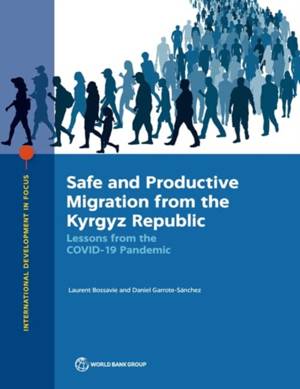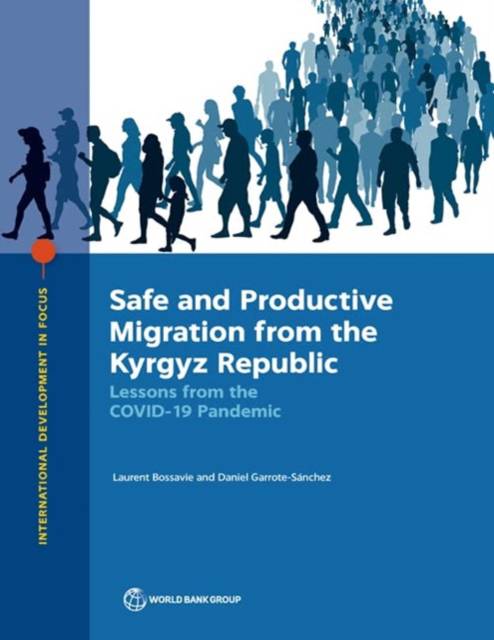
Bedankt voor het vertrouwen het afgelopen jaar! Om jou te bedanken bieden we GRATIS verzending (in België) aan op alles gedurende de hele maand januari.
- Afhalen na 1 uur in een winkel met voorraad
- Gratis thuislevering in België vanaf € 30
- Ruim aanbod met 7 miljoen producten
Bedankt voor het vertrouwen het afgelopen jaar! Om jou te bedanken bieden we GRATIS verzending (in België) aan op alles gedurende de hele maand januari.
- Afhalen na 1 uur in een winkel met voorraad
- Gratis thuislevering in België vanaf € 30
- Ruim aanbod met 7 miljoen producten
Zoeken
Safe and Productive Migration from the Kyrgyz Republic
Lessons from the Covid-19 Pandemic
Laurent Bossavie, Daniel Garrote-Sánchez
€ 62,45
+ 124 punten
Omschrijving
The benefits of international migration for workers from the Kyrgyz Republic, their families, and the home economy are tremendous. The migration process, however, comes with a set of vulnerabilities and risks. Those have been brought to light by the COVID-19 pandemic, which heavily tested migration systems and strongly impacted labor migration. Relying on rigorous analysis of the existing microdata, Safe and Productive Migration from the Kyrgyz Republic: Lessons from the COVID-19 Pandemic shows that these vulnerabilities are present at each stage of the migration life cycle: predeparture, during migration, and after return. While COVID-19 has put these limitations at the forefront, this book highlights that many already existed before the pandemic and would persist in the long run in the absence of adequate policy responses. This book presents policy recommendations to enhance the benefits of international migration for the Kyrgyz Republic and reduce its risks. Beyond the COVID-19 context, these recommendations can also help mitigate the impact of other negative shocks to international migration from the country, including the adverse spillovers of the recent Russian-Ukrainian conflict. Given the strong similarities in migration systems and patterns between the Kyrgyz Republic and other migrant-sending countries, especially those in Central Asia, the policy lessons drawn from this book are relevant beyond the Kyrgyz context.
Specificaties
Betrokkenen
- Auteur(s):
- Uitgeverij:
Inhoud
- Aantal bladzijden:
- 94
- Taal:
- Engels
- Reeks:
Eigenschappen
- Productcode (EAN):
- 9781464819056
- Verschijningsdatum:
- 7/12/2022
- Uitvoering:
- Paperback
- Formaat:
- Trade paperback (VS)
- Afmetingen:
- 216 mm x 279 mm
- Gewicht:
- 322 g

Alleen bij Standaard Boekhandel
+ 124 punten op je klantenkaart van Standaard Boekhandel
Beoordelingen
We publiceren alleen reviews die voldoen aan de voorwaarden voor reviews. Bekijk onze voorwaarden voor reviews.









